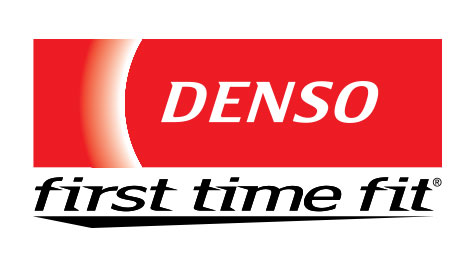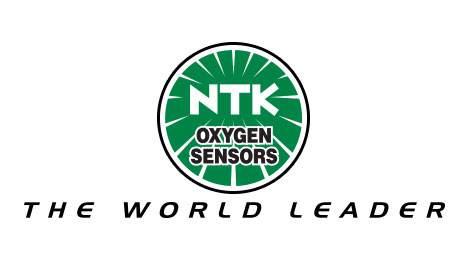OE Heritage
Bosch, Denso and NTK combine for over 270 years of OE heritage. That’s 270 years of assisting the OEM’s to develop the latest vehicle technology, including the evolution of the Oxygen Sensor.
Vehicles today are computers on wheels, and with US federal mandates to increase average MPG to 54.5 by 2025 they are becoming increasingly complex in order to meet that target.
99% of vehicles sold in North America have a Bosch, Denso or NTK Sensor*. They work with the OEM’s to create the vehicle platforms, so they know exactly what it takes when it comes time to replace an Oxygen Sensor. *Passenger vehicles equipped with Oxygen Sensors

Bosch
Bosch is the largest automotive supplier in the World – working side by side with OEM’s for over 125 years. Inventing the Oxygen Sensor in the 1970’s, today Bosch is a leading Oxygen Sensor supplier to vehicle manufacturer’s globally and the leading aftermarket supplier of Oxygen Sensors in North America and the rest of the world.

Denso
An OE Heritage DENSO is one of the world’s largest automotive component suppliers of advanced automotive technology and systems operating in over 30 countries. We supply every major auto manufacturer in the world, providing them with the quality and innovation they need to remain on the leading edge of automotive technology. For decades we have helped all of our customers to become giants in their industries.
Unsurpassed Quality At DENSO we know that one of the major keys to success for our company and our customers is an unwavering commitment to quality. We strive for, and achieve, zero defects for parts manufactured in the millions in DENSO facilities that are ISO9000 and ISO14000 certified. This dedication to quality is clearly recognized by the industry as DENSO has received such prestigious awards as the Deming Award for Quality, the J.D. Power and Associates Chairman’s Award and numerous supplier awards for quality from companies like Toyota, General Motors and Daimler.
Better By Design The DENSO commitment to quality, innovation, and advanced technology is the reason our automotive and heavy-duty components truly are better by design.

NTK
World Leading Supplier of OEM Oxygen Sensors – NTK Oxygen Sensors is a world leading supplier and manufacturer of original equipment Oxygen Sensors. We bring our expertise and innovation to the aftermarket to provide Oxygen Sensors with superior fit, form and function. When you require the best, count on NTK Oxygen Sensors to deliver.
